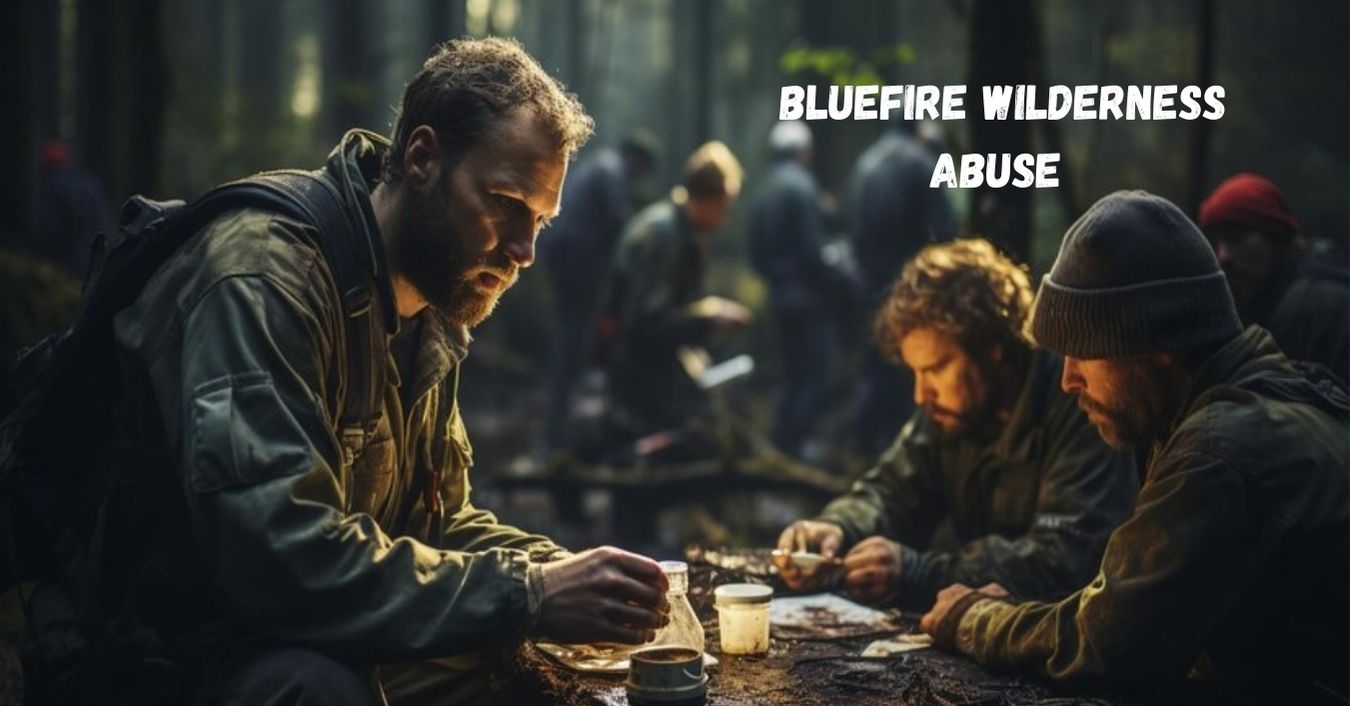The Bluefire Wilderness Therapy program has been advertised as a place where troubled teens can find solace and guidance through nature-based therapy. However, recent allegations and reports of abuse have cast a shadow over the reputation of this once-promising facility. Families who once believed they were sending their children to a place of healing now question if they unwittingly exposed them to harm. This article delves into the depths of the alleged abuse, examining the program’s practices, the impact on those involved, and the growing demand for accountability.
The Concept Behind Bluefire Wilderness Therapy
Bluefire Wilderness Therapy is part of a broader trend in adolescent mental health treatment known as wilderness therapy. This approach combines traditional therapeutic techniques with outdoor activities such as hiking, camping, and survival skills training. The idea is to remove teens from their usual environment and place them in a natural setting, where they can gain perspective and work through their issues with the help of trained therapists.
In theory, wilderness therapy sounds like a promising solution for troubled teens. The combination of physical activity, nature, and therapy is believed to promote emotional and psychological growth. However, when not properly managed, such programs can become dangerous. Allegations of abuse within the Bluefire Wilderness program have raised concerns about the safety and effectiveness of these treatments.
Allegations of Abuse and Mistreatment
Reports of abuse at Bluefire Wilderness Therapy have surfaced from former participants and their families. These accounts paint a picture of a harsh and unforgiving environment where teens are subjected to physical and emotional abuse. Some allege that staff members used punitive measures such as isolation, deprivation of food and water, and excessive physical demands as a form of discipline.
The lack of oversight and regulation in wilderness therapy programs like Bluefire is another concern. In many cases, these programs operate with minimal government oversight, allowing abusive practices to go unchecked. This lack of accountability has led to calls for stricter regulations and better protections for vulnerable teens in such programs.
Psychological Impact on Participants
The alleged abuse at Bluefire Wilderness Therapy has had lasting effects on its participants. Many former students report experiencing symptoms of post-traumatic stress disorder (PTSD), anxiety, and depression long after leaving the program. The very therapy that was supposed to help them heal has instead left deep psychological scars.
Families who entrusted their children to Bluefire are grappling with feelings of guilt and betrayal. They believed they were sending their children to a place where they would receive help and guidance, only to discover that they may have exposed them to further harm. The emotional toll on both the teens and their families is immense, with some relationships being permanently damaged by the experience.
The Role of Accountability and Advocacy
The growing awareness of abuse in wilderness therapy programs like Bluefire has led to increased advocacy for victims and their families. Organizations and support groups have emerged to provide a platform for survivors to share their stories and seek justice. These groups are also pushing for stronger regulations and oversight of wilderness therapy programs to prevent future abuse.
Legal action is another avenue being pursued by some families. Lawsuits against Bluefire Wilderness Therapy and similar programs have been filed, alleging negligence, abuse, and violation of participants’ rights. While legal battles can be lengthy and difficult, they represent a crucial step in holding these programs accountable for their actions.
The Need for Reform in Wilderness Therapy
The allegations against Bluefire Wilderness Therapy highlight the urgent need for reform in the wilderness therapy industry. While there is no doubt that some teens benefit from nature-based therapy, the potential for abuse and harm cannot be ignored. The industry needs to be more transparent, with strict guidelines and regulations to ensure the safety and well-being of participants.
Families considering wilderness therapy for their children must do thorough research and ask critical questions about the program’s practices, staff qualifications, and oversight. It is crucial to choose a program that prioritizes the mental and physical health of its participants and operates with integrity and accountability.
Moving Forward: Seeking Healing and Justice
For the survivors of Bluefire Wilderness Therapy and their families, the journey toward healing and justice is ongoing. The trauma they experienced cannot be undone, but by sharing their stories and advocating for change, they are helping to prevent future generations from suffering the same fate.
The Bluefire Wilderness abuse scandal is a stark reminder of the potential dangers of unregulated therapy programs. It underscores the importance of vigilance, accountability, and the need for systemic change in the wilderness therapy industry. As more stories come to light, the hope is that these revelations will lead to meaningful reform and greater protection for vulnerable teens.
Conclusion
The revelations surrounding Bluefire Wilderness Therapy serve as a powerful reminder of the potential risks involved in unregulated therapeutic programs. While the concept of wilderness therapy offers promise for helping troubled teens, the allegations of abuse highlight the urgent need for reform and greater oversight. The emotional and psychological scars left on participants and their families cannot be ignored. Moving forward, it is crucial that these programs are held accountable, and that families are equipped with the knowledge and tools to protect their children. Only through transparency, accountability, and systemic change can we ensure the safety and well-being of vulnerable teens in these settings.
FAQs
What is Bluefire Wilderness Therapy?
Bluefire Wilderness Therapy is a program designed to help troubled teens through a combination of traditional therapy and outdoor activities like hiking and camping. However, the program has faced allegations of abuse and mistreatment of its participants.
What types of abuse have been reported at Bluefire?
Allegations against Bluefire Wilderness Therapy include physical abuse, emotional abuse, and neglect. Reports suggest that some teens were subjected to isolation, deprivation of basic needs, and excessive physical demands.
What are the psychological effects of the alleged abuse?
Many former participants report long-lasting psychological effects, including PTSD, anxiety, and depression. The abuse they experienced has left deep emotional scars, and some continue to struggle with the impact years later.
Is there any legal action being taken against Bluefire?
Yes, some families have filed lawsuits against Bluefire Wilderness Therapy, alleging negligence and abuse. These legal actions aim to hold the program accountable and seek justice for the victims.
What can families do to protect their children in wilderness therapy programs?
Families should thoroughly research any wilderness therapy program before enrolling their children. It’s important to ask questions about the program’s practices, staff qualifications, and oversight to ensure the safety and well-being of participants.












